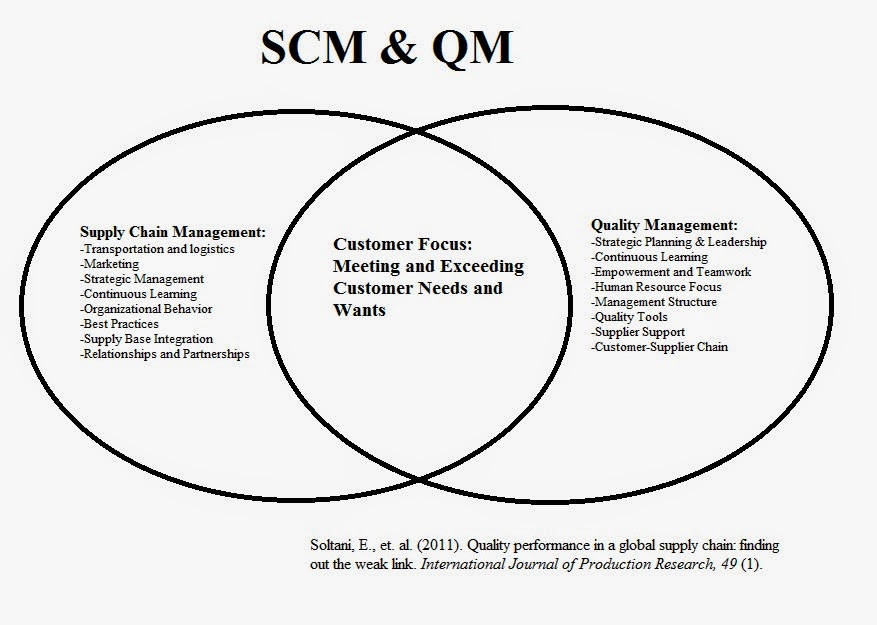Supply chains can be complex dragons
that fail to adapt and change when the market changes or unforeseen
circumstances rear their ugly head. Static systems are fixed and have a hard
time adjusting without great cost or difficulty. Research by Dr. Dimitry Ivanov
helps highlight the interconnected nature of supply chains and adaptive
adjustments within networks that are interlinked to the supply chain strategy,
design, planning, and operations (2009). A fundamental adjustment in the
feedback information and structure of the chains is needed.
Each of the components of a supply chain
functions together to create an efficient system that delivers products and
services to customers. Using technology and modern theory in supply chain
management helps to ensure the network is updated, adjustable, and running at
maximum efficiency. Each of these components is aligned with management’s goals
and the appropriate measurements that ensure goal attainment (Kreipl &
Pinedo, 2004).
There are common actions to improving
supply chains that include:
1. Collaboration along the value chain
to acquire raw materials, convert materials to new products, and deliver final
products.
2. Application of modern concepts and
technologies to create responsive, flexible, cost-effective, sustainable,
agile, and competitive networks that raise customer satisfaction and improve
profitability.
Shocks can happen to the supply chain at
any time. Some of these include the adjustments from war, suppliers that go out
of business, political fighting that damages the flow of products, or natural
disasters that disrupt the infrastructure. Organizations should attempt to
develop adaptive networks by engaging in incremental planning that seeks to
predict situations based on models, understanding how the supply chain reacts
to external shocks, and getting a grasp on how the supply chain interacts with the
external market.
Adaptability within supply chain networks
requires the ability to think about alternatives in a systematic way. Organizations can create multi-structural
designs that ensure each of the chain components fosters the fulfillment of customers’
needs through the development of alternative strategies and delivery systems
when any of the components are non-functional. Using new technology the standard open slot
system can be upgraded to provide strong feedback data that allows for faster
adjustments to uncontrollable events. This information is matched with stronger
decision-making abilities of managers who implement new strategies and adjust
existing strategies.
Kreipl, S. & Pinedo, M., (2004).
Planning and scheduling in supply chains: an overview of issues in practice. Production and Operations Management, 13
(1), 77–92.
Ivanov,
D. (2010). An adaptive framework for aligning (re)planning decisions on supply
chain strategy, design, tactics, and operations. International Journal of Production Research, 49 (13).


